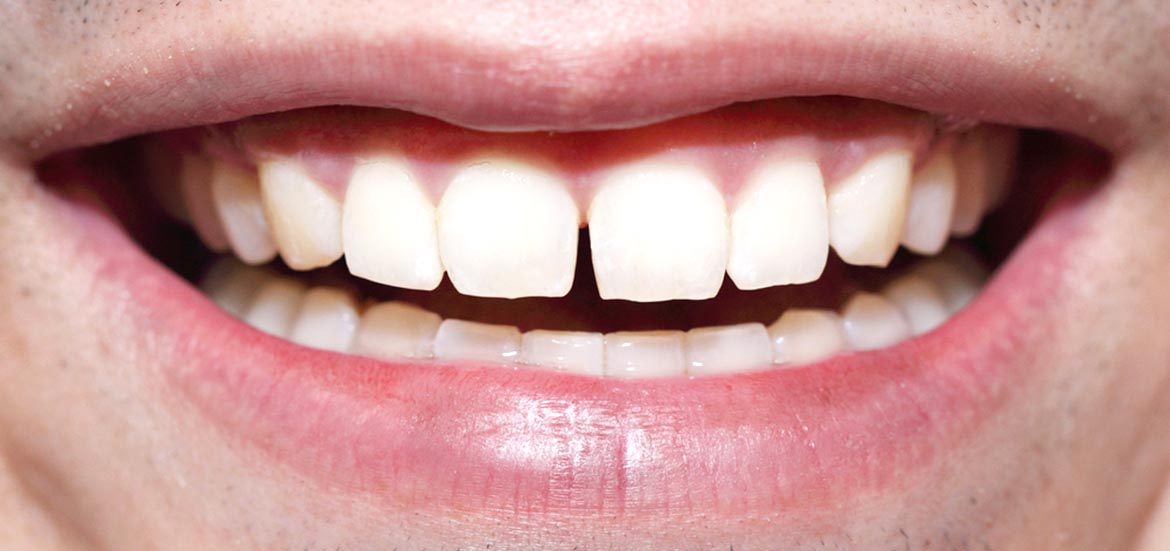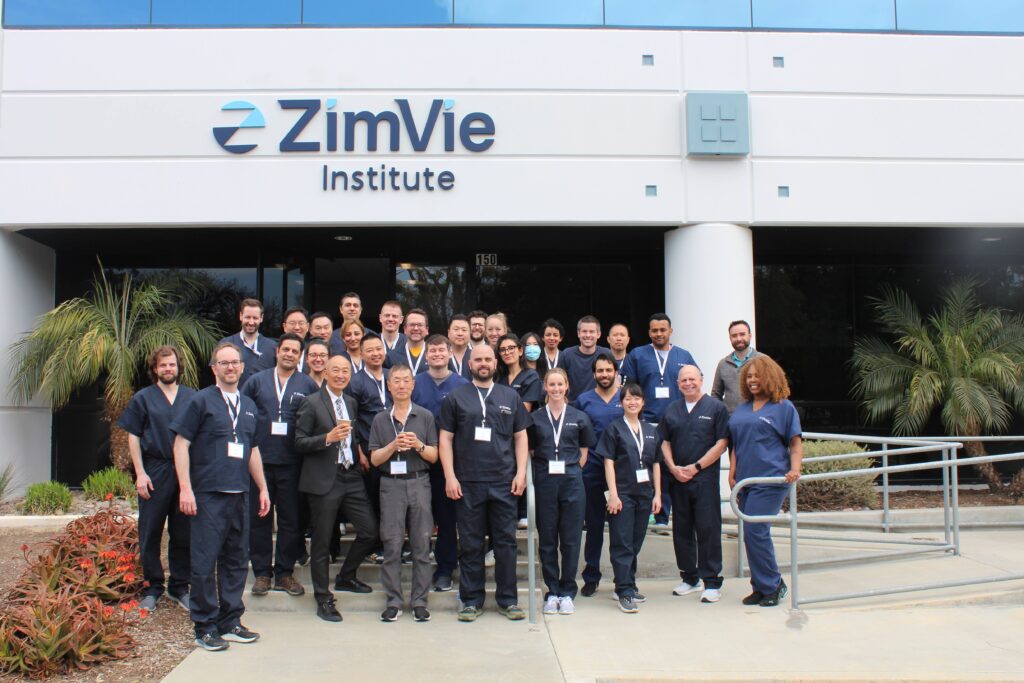Dental Blog

Gapped Teeth
Gapped teeth, or diastema, is a distinctive gap between teeth. The term diastema or gapped teeth is used most often for describing a gap between the two upper front teeth — the condition is very common in children at the early stages of dental development. About 50% of children between the ages of 6 and 8 have gapped teeth but in most children the gap closes naturally after the eruption of the permanent teeth. If the diastema remains after the permanent incisors and canine teeth have erupted, it’s possible that the gap will not close of its own.
Apart from natural teeth development, there are some other factors that can contribute to the development of gapped teeth.
Size mismatch between teeth and jaws — small sized teeth or a large jaw create extra space available for teeth, which could move apart from each other causing gapped teeth. Missing teeth can also cause a diastema for the same reason. Abnormal jaw bone structure either in shape or in the relative angle of left and right side may prevent the upper incisors from touching normally. Biting the lower lip may cause the front teeth to drift apart creating a diastema problem. The habit of pushing the tongue against the upper front teeth could cause a diastema and teeth protrusion.
The maxillary labial fraenum is a piece of tissue that extends from under the middle of the upper lip to the gum just above the two upper front teeth. In some situations, the labial fraenum continues to grow and passes between the two front teeth, keeping teeth at a distance. Lingual fraenum is the fraenum that attaches the tongue to the floor of the mouth — in some cases it may cause a gap in the front teeth of the lower jaw. The most common treatment options for gapped teeth include orthodontic treatment – closing the gap between teeth with the use of dental braces by slightly moving the gapped teeth close to each other. For bigger gaps, several teeth have to be moved towards the area of the gap so that there are equal gaps between all front teeth. Orthodontic treatment provides permanent results but it may take a long time to complete.
Gaps can be closed by making the teeth adjacent to the gap to look wider — this is achieved by applying composite material or tooth bonding or by porcelain veneers on the front surface of the teeth. The advantage of the method is that it provides an immediate correction of the gap in 2 appointments but cannot be used for large gaps because teeth will look abnormally wide. If the gap is created because by missing teeth, the available treatments include dental implants, bridge or partial denture.
Smile in a Day: Dr. Jomha’s Advanced Training in Full Arch Dental Implant Placement and Restoration
Dr. Jomha recently had the opportunity to travel to Carlsbad, California to train at the ZimVie Institute. As a practitioner who places implants, he was eager to learn advanced techniques in order to provide the best possible care for his patients. During the course, Dr. Jomha and his colleagues learned how to place and restore…
Clear Correct Day
Friday September 17, 2021
BOOK YOUR SPOT. LIMITED AVAILABILITY Your journey to a straighter smile starts now. Join us at Summerlea Dental on Friday, September 17, 2021, for ClearCorrect Day. Our team will be offering complimentary ClearCorrect consultations, scans, snacks, and refreshments all day long. Book Your Complimentary Consult – Save your spot: mobilebooking.summerleadental.com Learn More about how ClearCorrect…


